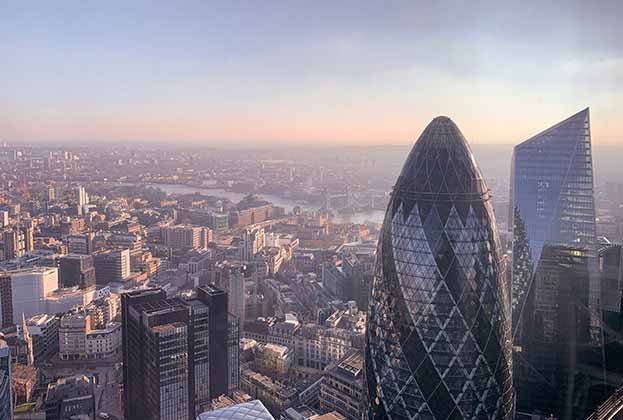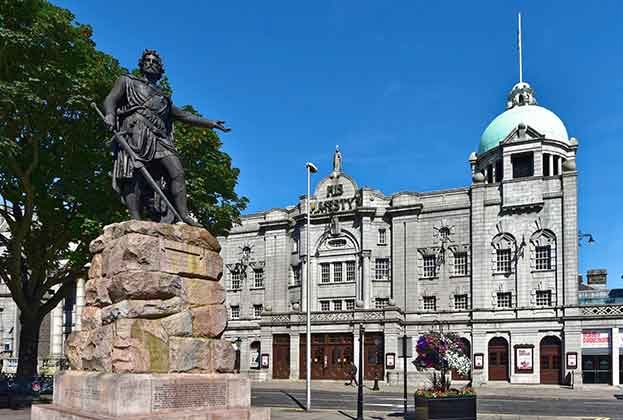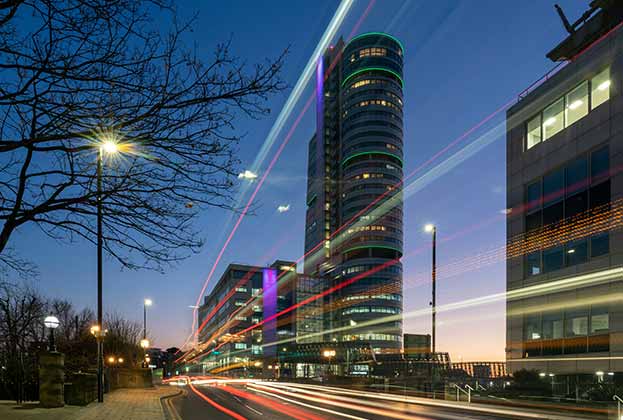As we all know, buildings are significant contributors to greenhouse gas (GHG) emissions, in fact around 40 per cent can be attributed to the property sector. For this reason, we need to take a serious look at our standing assets to ensure that they are both resilient and ESG compliant. So where do you start with offices? First you need a plan, then you have to be able to implement it.
Why is a plan important?
There are many reasons why it is important to ensure an office asset is sustainable: enhanced resilience; reduced operational costs; fewer emissions; meeting regulatory requirements, as well as maintaining market value against a growing demand for truly green buildings, are a few examples.
In order to achieve this it’s essential to undertake a holistic review of an asset to establish a baseline position. Knowing where it currently stands will ultimately illustrate the scale of the challenge ahead.
This should help to create a shopping list of interventions that could improve the performance of the building. This is the easy part. The more challenging aspect is how you go about implementing it when an asset is fully occupied and operational without significant and unrealistic levels of disruption and cost, while also aligning with asset level climate targets and completing it all as quickly as possible.
What could a plan entail?
This involves looking at the data, taking stock and understanding what’s driving energy consumption and carbon emissions in an office . Often, the first step is as simple as getting the metering strategy reporting correctly to identify energy consumption between landlord and tenant, as well as primary energy consuming services such as lighting and comms equipment. This way informed decisions can be made that have a meaningful impact.
Then it’s all about optimisation. This means taking control and making sure an asset is as lean as possible by reducing energy use.
Planning larger interventions requires consideration. For example, how is the building used, what interventions could be best suited to reduce energy consumption and emissions for a specific asset, and when is the best time to intervene? This means understanding materials and services coming to end-of-life, plant replacement and maintenance cycles and lease events, as this all effects how the plan can be delivered. What’s more, this needs to be considered against the wider commercial context of the building and future regulatory requirements.
How is it implemented?
Most importantly, we need to take action and move beyond just reporting to provide tangible results.
The last part of the plan is to monitor and test these outcomes to ensure that the asset is operating as intended and, where ever possible, verified using certified schemes. Having access to accurate energy consumption profiles and data can not only influence the management of the office, but key metrics can be shared with occupiers to ensure they are part of the journey.
Having the right team, undertaking detailed feasibility studies to demonstrate ‘proof of concept’ and generating further opportunity to add value all need to be considered as part of the implementation process.
What can we expect the outcome to be?
Once the plan is in place and it is fully implemented, the outcomes have the ability to fully transform an asset. This can mean anything from tenant retention, improved rental value to a greater insight and monitoring capability in order to maintain this level of performance moving forward.
As the old adage goes, if you fail to plan then plan to fail, which remains especially true when it comes to creating a truly sustainable asset.
Further information
Contact Nadeem Khan or Stephen Lloyd
.jpg)
-impact-the-office-sector(1).jpg)

.jpg)






